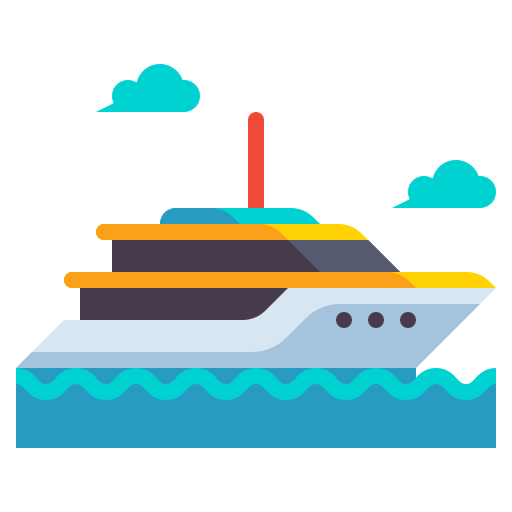Best Yacht Stabilizers for Smooth Sailing in Rough Waters
Yacht stabilizers have become an integral part of modern maritime technology. Their primary function is to reduce the motion of a yacht while it is on the water, particularly during rough conditions. This is crucial not only for passenger comfort but also for enhancing safety and improving overall yacht performance. When considering the best yacht stabilizers, various factors such as the type, mechanism and installation compatibility come into play. Below is a comprehensive overview of the best yacht stabilizers available on the market to ensure smooth sailing in rough waters.
Types of Yacht Stabilizers
Yacht stabilizers can be categorized mainly into two types: active and passive stabilizers. Each type utilizes different mechanisms to counteract the rolling motion caused by waves.
Active Stabilizers
Active stabilizers employ advanced technology to counteract the vessel’s movements in real-time. They use various control systems to adjust to sea conditions, providing optimal stability. Some popular active stabilizers include:
Gyroscopic Stabilizers
Gyroscopic stabilizers utilize the principles of angular momentum. This type of stabilizer contains a heavy spinning rotor that generates a stabilizing force when the yacht begins to roll. An example is the Seakeeper 5, which is highly regarded for its performance in stabilizing small to medium-sized yachts.
Fin Stabilizers
Fin stabilizers are installed on the hull below the waterline. These fins move hydraulically to counteract roll by creating lift in the opposite direction of the vessel’s motion. Notable systems include the Quantum Stabilizers, known for their effectiveness and reliability, particularly in larger yachts.
Passive Stabilizers
Passive stabilizers do not use active controls; instead, they rely on design features to minimize rolling motion. Their primary advantage is their simplicity and lower maintenance costs. Examples include:
Ballast Systems
Ballasting involves the use of water or other heavy materials to lower the center of gravity of the yacht, enhancing stability. This method is effective but can limit speed and require time to adjust.
Hull Shape
Designing a yacht with a wide beam and a deep V hull can provide inherent stability. Many manufacturers know this and optimize hull shapes in their yacht designs for improved stability at sea.
Top Yacht Stabilizers on the Market
| Stabilizer Type | Brand/Model | Key Features | Boat Size Range |
|---|---|---|---|
| Gyroscopic | Seakeeper 5 | Compact, low maintenance, energy-efficient | 30-40 ft |
| Fin | Quantum Stabilizer | Hydraulic control, zero speed performance | 40-100 ft |
| Passive | MacGregor Ballast System | Effective water ballast for stability | 20-50 ft |
| Gyroscopic | Seakeeper 16 | Suitable for larger yachts, high torque output | 50-80 ft |
Factors to Consider When Choosing Stabilizers
When selecting the appropriate yacht stabilizer, it is essential to evaluate several key factors:
1. Vessel Size
Different stabilizers are suited for different yacht sizes. It is crucial to choose a stabilizer that can effectively counteract movement based on the specific measurements and weight of the vessel.
2. Intended Use
If the yacht will be mostly used in rough waters or for long-distance travel, investing in advanced electronic stabilization systems may be warranted. For recreational use in calmer conditions, simpler solutions may suffice.
3. Weight and Space Requirements
Stabilizers can add significant weight and require considerable space for installation. Therefore, ensure that there is adequate room in the yacht’s design for the selected stabilizer method.
4. Maintenance and Costs
Different stabilizers come with varying maintenance needs and costs. Determine long-term value by considering both upfront and ongoing expenses against the potential benefits of enhanced stability.
Conclusion
Choosing the right yacht stabilizer can significantly impact the comfort and safety of sailing in rough waters. Active systems like gyroscopic or fin stabilizers provide immediate responsiveness to challenging conditions, while passive systems offer simplicity and cost-effectiveness. Evaluating the specific needs of your vessel alongside the features and costs of available stabilizers will lead to optimal decision-making. The right choice ensures not only a smoother ride but also enhances the overall enjoyment of maritime adventures.
